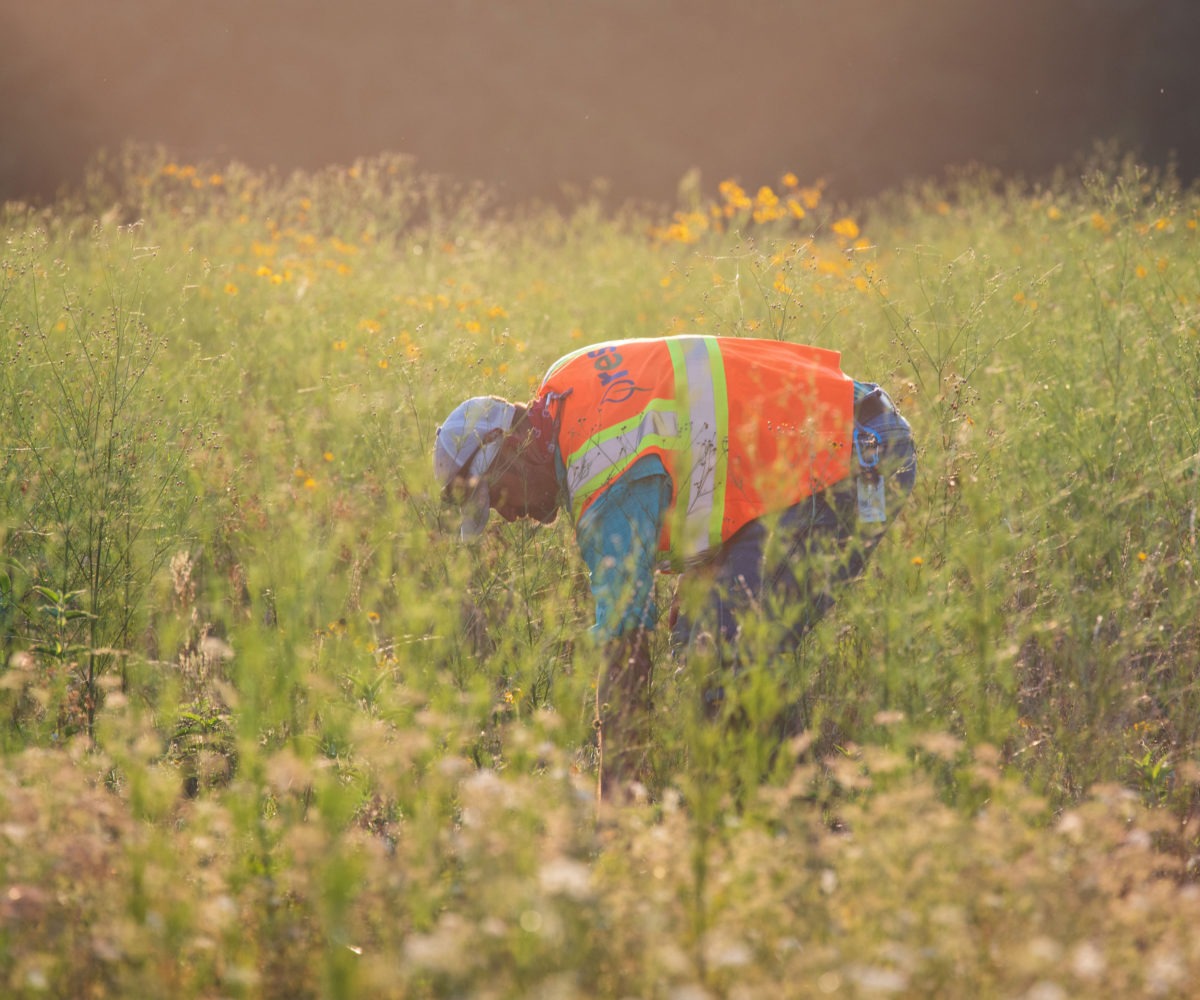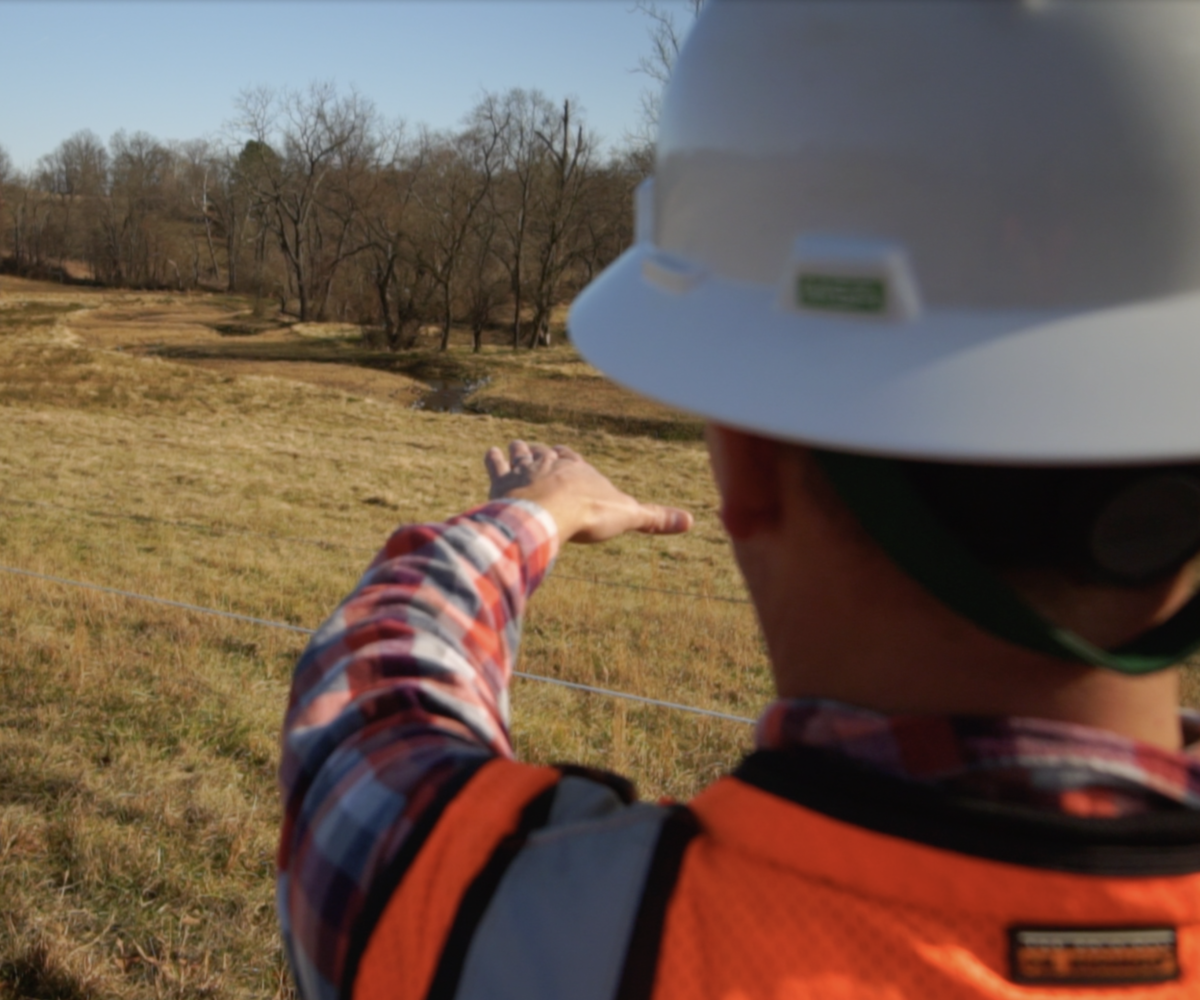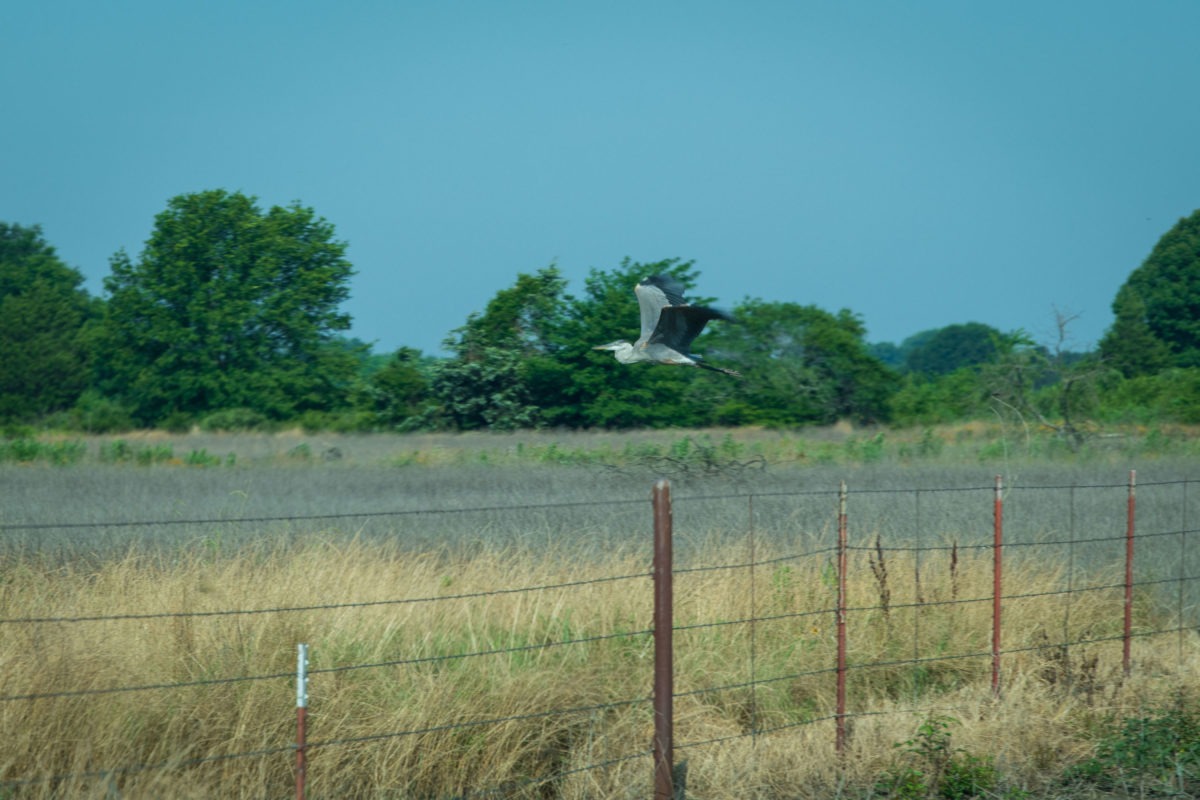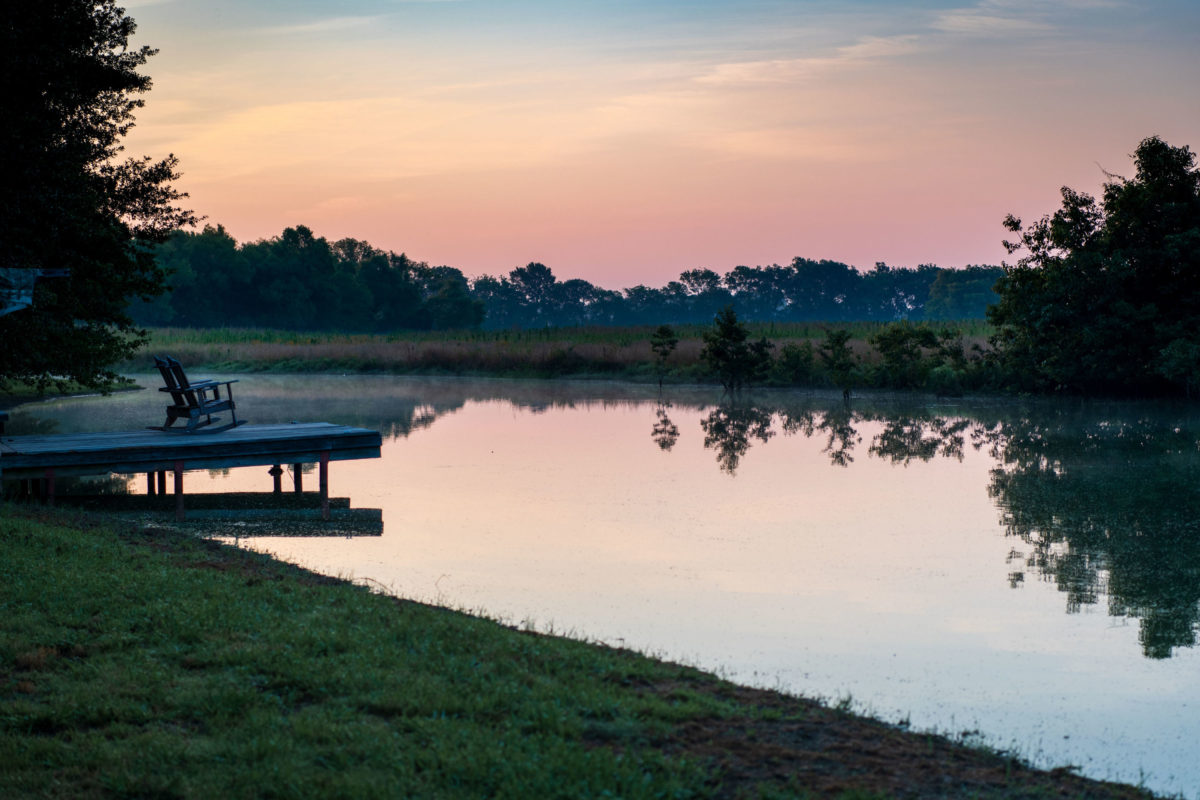Landowners
Solutions
Creating a Land Legacy
At RES, we’re in the business of restoring resiliency with environmental stewardship.
Often, that means we get involved when a proposed commercial or public project in your area, such as a new road, may impact wetlands, stream, or species ecosystems.

In those cases, the permitting process calls for offsetting those impacts with a “mitigation” project nearby, restoring land to more natural conditions to support the overall ecology and water quality in a watershed.
This is where landowners enter the story. Often the most suitable land for these mitigation projects is privately owned property. Using protective, legal instruments, often called conservation easements, a landowner can allow RES to restore a habitat or natural resources on a portion of their property. The landowner still maintains ownership and private access, and the land becomes part of the region’s environmental stewardship.
Your Implementation Partner
In this process, RES becomes your implementation partner, taking on the restoration and maintenance of the restored site, compensating you for granting RES the rights to develop the project, and helping you meet your property management goals.
The RES team leverages unique market knowledge and experience alongside a dedicated team of in-house scientists, ecologists, and construction professionals. We work directly with you, guiding you through the entire process from site assessment to acquisition, permitting, construction, and long-term stewardship.


Harnessing Conservation Value
Restoration activities improve overall water quality and ecosystems while creating natural areas that can be utilized and enjoyed. Our land partnerships allow you to monetize portions of your land while still retaining ownership, adding tangible conservation and recreation value to the property. Our landowner partnerships may take many forms depending on your property and market potential. These include stream and wetland mitigation banks, nutrient and buffer banks, and/or enrollment in various other restoration or conservation programs.
Questions?
Explore our resources for landowners below. Or connect with us directly.
A Landowner Story
Learn more about conserving your land at RES as you follow the story of one of our landowner partners in Pennsylvania.
Engage with RES
Our goal is to be the trusted implementation partner for every project, actively creating an environmental legacy for future generations. We have a proven track record of exemplary project implementation and landowner satisfaction.
Check out our operations in your state below or tell us where you live and we’ll help you understand the options.
Find RES in my State
Select a state below to see what we’re up to in your area.

Frequently Asked Questions
There are streams and wetlands on my property, how do I determine if they are eligible for a restoration project?
RES’ highly trained and experienced Land Representatives will work with you to perform an initial feasibility assessment, including an on-site evaluation, to determine if your property is a good candidate for restoration/preservation.
What are my out-of-pocket costs?
RES generally covers the full cost of the project including design, permitting, construction and long-term maintenance as well as site-specific considerations like fencing and water stations for cattle or other livestock. We recommend landowners consult their legal and tax advisors before entering into agreements with RES.
What is the process?
Limited visits will be made to assess site features and submit data to applicable resource agencies. On-the-ground restoration efforts will vary depending on the type of resource and project involved. The restoration approach and all associated impacts to, or conditions on, your property will be discussed in detail and agreed upon prior to contract signing and project development. We will work with you to design a project that is compatible with, and often improves, current and future land uses.
What happens once restoration efforts are complete?
Most restoration projects have a post-construction/planting monitoring period of 5-10 years to ensure they thrive and create the intended amount of environmental uplift. RES will work with you to develop and implement a suitable approach to long-term management.
Are restrictions placed on the restored land?
Uses within enrolled restoration areas typically must be limited to low-impact recreational activities (e.g. hunting, hiking, camping). These restrictions can vary by region and would be described in detail to you by a RES Land Representative before signing a contract.
Is my property still private?
Yes, you retain control of access to your property, and our projects do not create public access rights.




